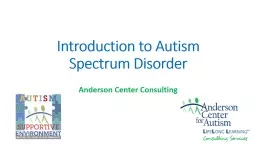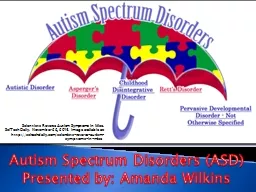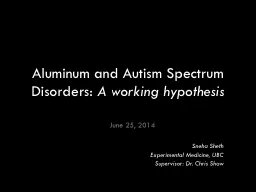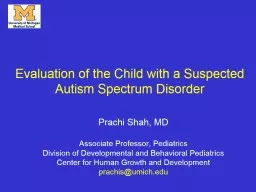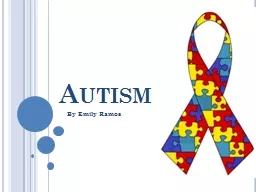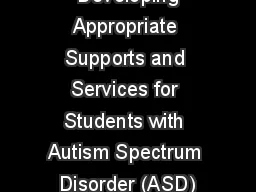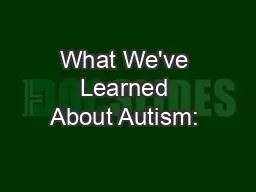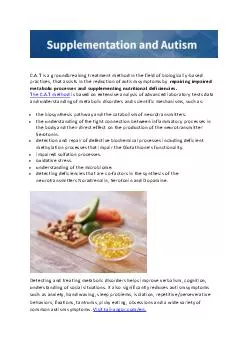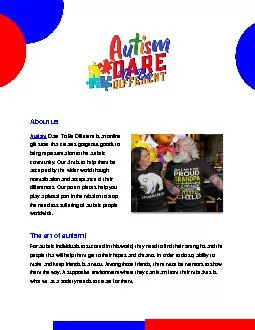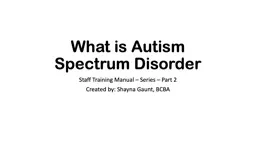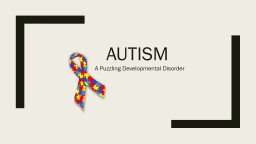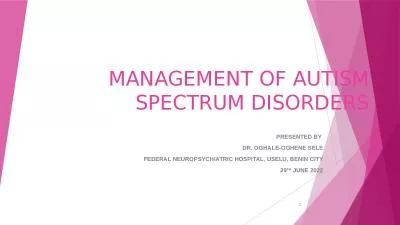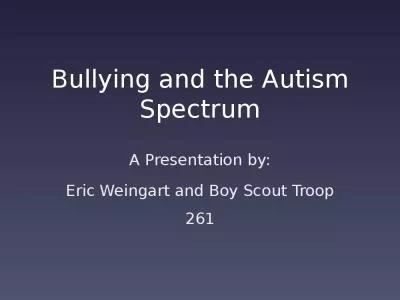PPT-Introduction to Autism Spectrum
Author : sherrill-nordquist | Published Date : 2020-04-02
Disorder Anderson Center Consulting We would like to thank Ulster Community Grants Fund of the Community Foundations of the Hudson Valley for their collaboration
Presentation Embed Code
Download Presentation
Download Presentation The PPT/PDF document " Introduction to Autism Spectrum " is the property of its rightful owner. Permission is granted to download and print the materials on this website for personal, non-commercial use only, and to display it on your personal computer provided you do not modify the materials and that you retain all copyright notices contained in the materials. By downloading content from our website, you accept the terms of this agreement.
Introduction to Autism Spectrum : Transcript
Download Rules Of Document
" Introduction to Autism Spectrum "The content belongs to its owner. You may download and print it for personal use, without modification, and keep all copyright notices. By downloading, you agree to these terms.
Related Documents

